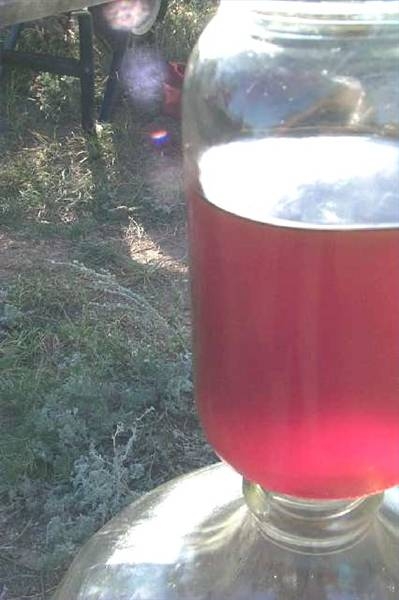
Using waste vegetable oil (WVO) for fuel in a diesel engine can have varying results. The primary method for using direct WVO as a replacement for diesel fuel is to heat the oil so that its viscosity is close to that of petroleum-based diesel fuel. The average backyard mechanic can convert a diesel engine to run waste oil in about three hours.
Adapt the diesel vehicle for waste vegetable oil (WVO). This involves a heater for the fuel tank, as well as a heater for the fuel line just before it gets to the intake manifold. These are sold in kits, and they lower the viscosity of the very thick grease down to that of diesel fuel. Other adaptations of the car should include higher rated glow plugs and wider fuel injection ports, but these can get expensive and are not crucial to burning WVO in a diesel motor. Some manufacturers of vegetable oil conversion products are listed below, and many kits are available.
Collect enough grease to burn. Restaurants are the most readily accessible source, and owners usually are eager to rid themselves of waste that would normally cost money to throw away. Make sure that the oil is from a natural vegetable source, as some places will use giant shortening "bricks," or a high ratio of animal fats. These do not burn as well as vegetable oil, so it is important to ask about purity.
Filter the oil and pour it into the tank for use. Many biodiesel enthusiasts will use a mixture of petroleum diesel with WVO, but it is really only required in colder climates. It also is popular to use the WVO in a dual-tank setup, where there is normal diesel fuel in a separate tank for start-up and shut-down procedures. This can prevent the fuel injectors from "coking," or clogging with cooled grease.
Run the vehicle for short distances to ensure that the engine can handle the switch. Most late model engines are complex, and the system will have to work perfectly to be efficient and not damage components. Older model engines can take the change easier, as they are mostly direct injection systems without computers.